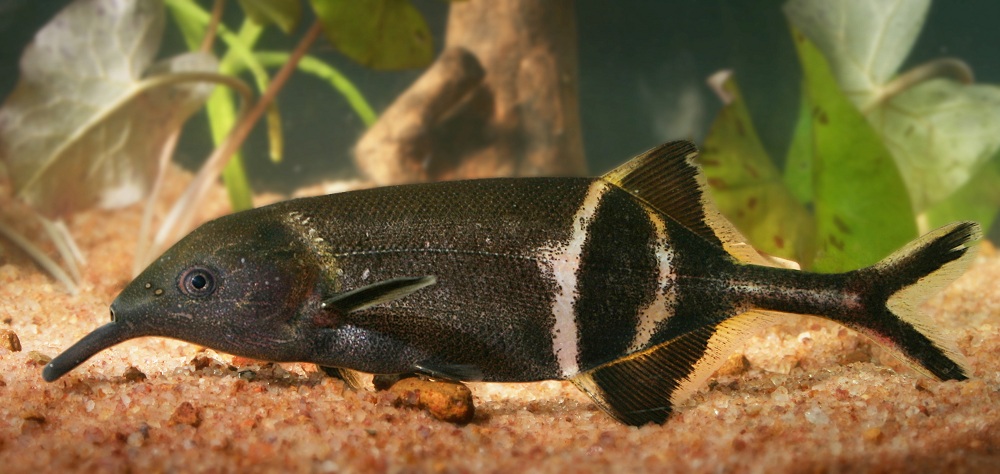'Fish-Eye' Contact Lens Auto-Focuses

Imagine wearing a pair of contact lenses that could auto-focus on objects both far and near, giving you a new pair of eyes that don't wear out with age. That goal — inspired by the light-gathering abilities of the retina of the elephant nose fish — took a step closer with a new study published today.
Authors say the research could help people with an eyesight condition called presbyopia, a stiffening of the eye's lens that makes it difficult to focus on close objects. The condition affects 1 billion people worldwide.
10 Animal-Like Robots That Slither, Hop, Run And Fly
Hongrui Jiang, engineering professor at the University of Wisconsin, said a self-correcting contact lens could eliminate the need for bifocals, trifocals or laser corrective surgery.
"This would be a nice way to restore youthful eyesight for the elderly," said Jiang, who published the study in Proceedings of the National Academy of Sciences.
Today's report focuses on a new design for tiny sensors that can acquire images under low-light conditions, just like the muddy African waters where the elephant nose fish swims.
Innovations Inspired By Animals
Sign up for the Live Science daily newsletter now
Get the world’s most fascinating discoveries delivered straight to your inbox.
The fish's retina has a series of deep cup-like structures with reflective sidewalls, helping to gather and intensify the wavelengths of light the fish uses to see. Engineers made a tiny device with thousands of light collectors coated with aluminum that reflects incoming light into the sidewalls.
Jiang says there are two ways that auto-focus cameras work. One uses a small infrared beam to determine an object to focus on, the second takes the image and analyzes the sharpness of the image borders, which can tell the operator whether it's in or out of focus.
"We are taking that approach," Jiang said. "The key is you have to integrate an imager into the lens."
Superhero Vision Coming In Graphene Contact Lenses?
Teams at Google are building contact lenses that can give the wearer information about certain medical conditions, such as ocular pressure that can signal the presence of cataracts. Another group at Microsoft is building a contact lens that can sense blood glucose and display the information to the wearer.
Getting a working prototype of a working auto-focus lens, however, is still five to 10 years away, according to Jiang.
"It's a very challenging project," Jiang said. "You need to get tunable lenses, a power supply to drive the lens and the electronics, and everything needs to be flexible."
Jiang says the optimal power supply is a tiny embedded solar cell that both collects and stores energy.
Originally published on Discovery News.










